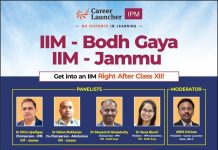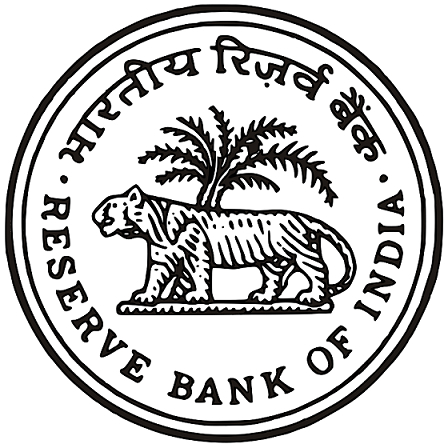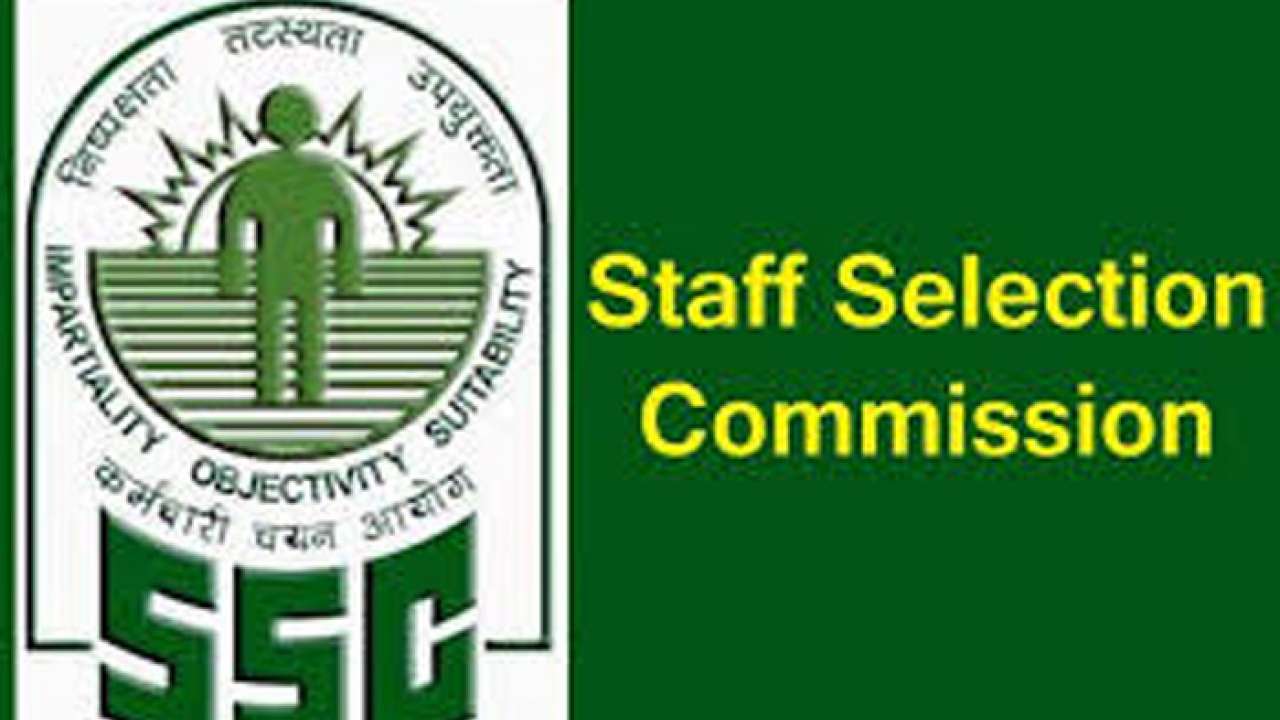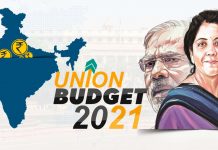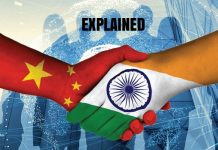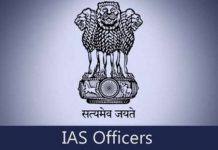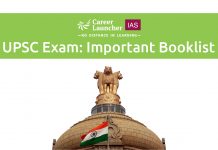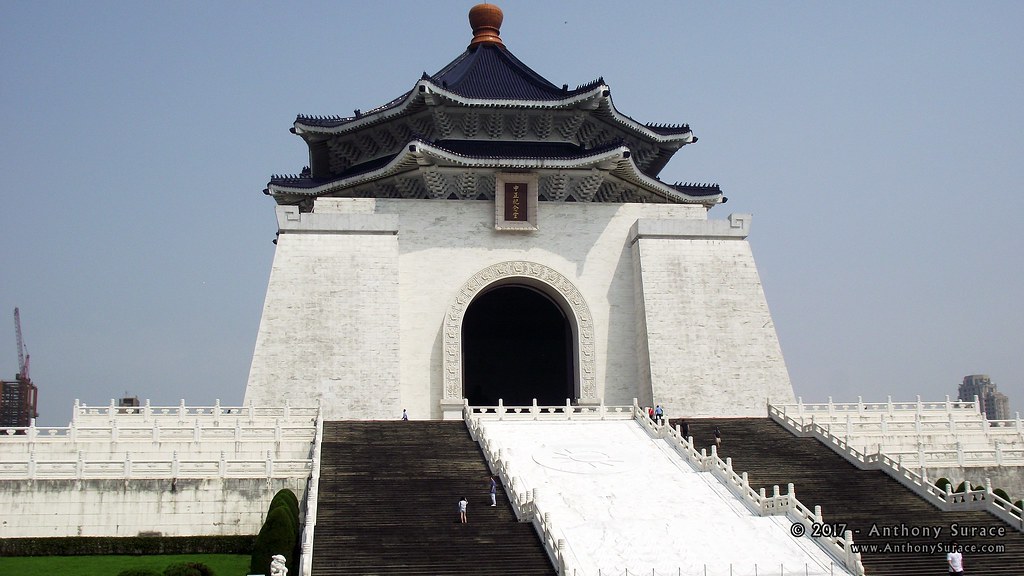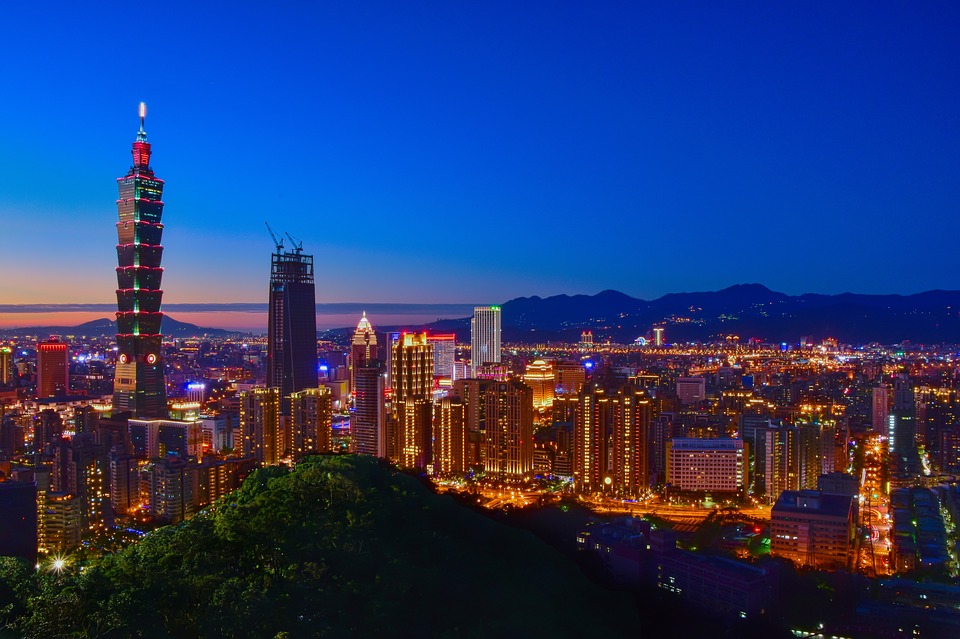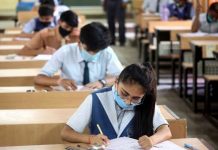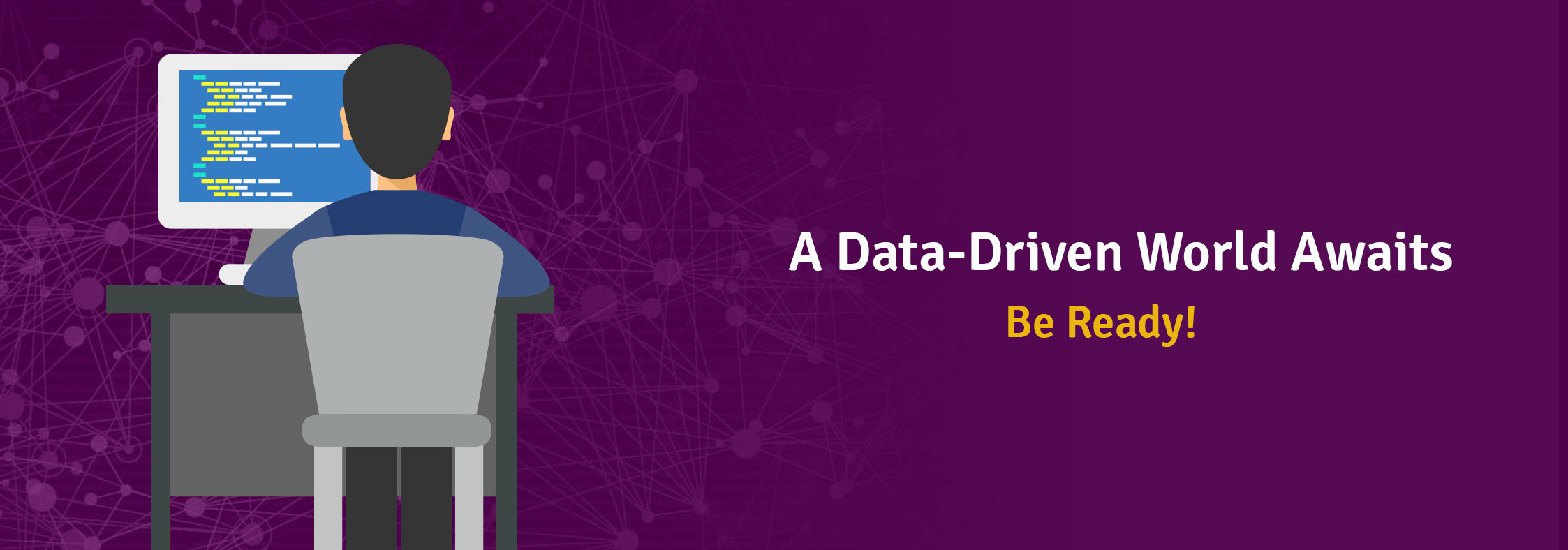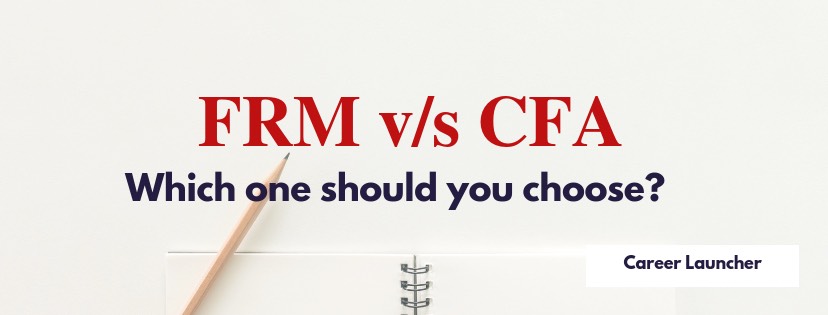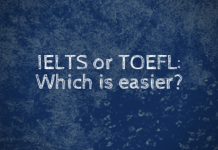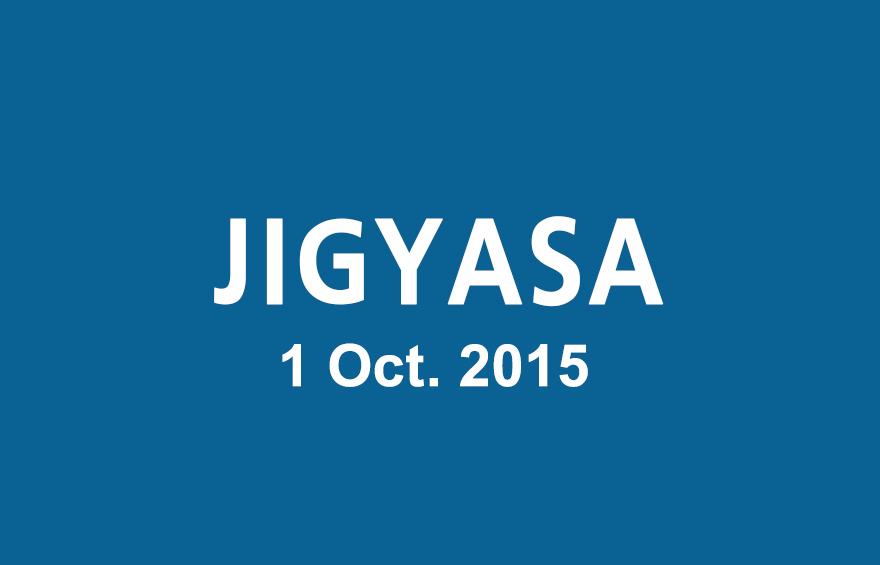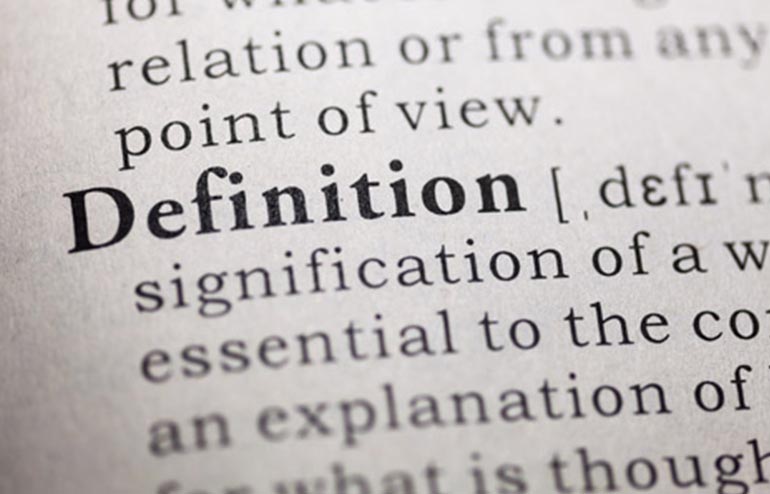The Genetic Engineering Approval Committee has recently given a green signal for further trials of genetically modified  mustard before making a final decision about the commercial cultivation of the crop. Unlike Bt brinjal, which had its roots in a gene developed by American multinational Monsanto, the GM mustard variety, technically called “DMH 11â€, has been developed by Delhi University’s Centre for Genetic Manipulation of Crop Plants, led by Prof Deepak Pental.
Nonetheless the mention of GM crops creates a sense of dread amongst a section of farmers, activists, consumers and euphoria amongst scientists, technocrats and companies. Â It is a topic that creates a heavily polarised debate throughout the nation.
What are Genetically modified crops?
Genetically modified crops (GM crops) are plants used in agriculture, the DNA of which has been modified using genetic engineering techniques. In most cases the aim is to introduce a new trait to the plant which does not occur naturally in the species like resistance to certain pests, diseases, environmental conditions, herbicides etc. Genetic Modification is also done to increase nutritional value, bioremediation and for other purposes like production of pharmaceutical agents, biofuels etc. More than 10% of the world’s crop lands is planted with GM crops.
Many believe that food on the market derived from GM crops poses no greater risk to human health than conventional food. However, opponents have objected to GM crops  on several grounds, including environmental concerns, safety of GM foods, the business interests behind GM crops, intellectual property laws etc.
What is the status of GM crops in India?
The country has yet to approve commercial cultivation of a GM food crop. The only genetically modified cash crop under commercial cultivation in India is cotton.
1) Bt Cotton – For the time being, the only genetically modified crop that is under cultivation in India is Bt cotton which is grown over 10.8 million hectares. Bt cotton was first used in India in 2002.
2) Bt Brinjal – The GEAC Â in 2007, recommended the commercial release of Bt Brinjal, which was developed by Mahyco (Maharashtra Hybrid Seeds Company) in collaboration with the Dharward University of Agricultural sciences and the Tamil Nadu Agricultural University. But the initiative was blocked in 2010.
3) GM Mustard – GEAC has recently given a go ahead for tests of GM mustard before taking a decision on commercialization.
Who regulates GM crops in India?
The top biotech regulator in India is Genetic Engineering Appraisal Committee (GEAC). The committee functions as a statutory body under the Environment Protection Act 1986 of the Ministry of Environment & Forests (MoEF). It was earlier known as Genetic Engineering Approval Committee. Under the EPA 1986 “Rules for Manufacture, Use, Import, Export and Storage of Hazardous Microorganisms/Genetically Engineered Organisms or Cells 1989â€, GEAC is responsible for granting permits to conduct experimental and large-scale open field trials and also grant approval for commercial release of biotech crops.
The Rules of 1989 also define five competent authorities i.e. the Institutional Biosafety Committees (IBSC), Review Committee of Genetic Manipulation (RCGM), Genetic Engineering Approval Committee (GEAC), State Biotechnology Coordination Committee (SBCC) and District Level Committee (DLC) for handling of various aspects of the rules.
A Biotechnology Regulatory Authority was proposed, but the bill got lapsed due to the dissolution of 15th Loksabha.
2014 July – 21 new varieties of genetically modified (GM) crops such as rice, wheat, maize and cotton have been approved for field trials by the NDA government in July 2014. The Genetic Engineering Appraisal Committee (GEAC) – consisting mostly of bio-technology supporters rejected just one out of the 28 proposals up for consideration. Six proposals were rejected for want of more information.
Why GM Crops are Good?
1) Better Pest and Disease Resistance – Genetic modification of crops can produce varieties that are more resistant to pests and diseases, reducing losses and lessening the dependence on pesticides. For example, a gene that gives resistance to a fungal infection in a wild plant can be inserted into a food plant that lacks this protection. The crop is then less susceptible to this disease.
2) Improved Stress Tolerance – Genes that give greater tolerance of stress, such as drought, low temperatures or salt in the soil, can also be inserted into crops. This can extend their range and open up new areas for food production.
3) Faster Growth – Crops can be altered to make them grow faster, so that they can be cultivated and harvested in areas with shorter growing seasons. This again can extend the range of a food crop into new areas or perhaps allow two harvests in areas where only one is currently practical.
4) More Nutritious Crops – Plants and animals can be engineered to produce larger amounts of essential vitamins and minerals, such as iron, helping to solve nutrition problems in some parts of the world. They can also be altered to change the amounts of protein, carbohydrates, and saturated and unsaturated fats that they contain. This could lead to the production of foods designed specifically for a healthy diet for all consumers.
5) Production of Medicines and Vaccines by Crops – It may be possible to have plants and animals produce useful medicines and even vaccines, so that prevention and treatment of human diseases in some places can be achieved cheaply and efficiently through the diet.
6) Resistance to Herbicides – Crops can be modified to be resistant to specific herbicides, making it much easier to control troublesome weeds. Farmers can simply apply the weed killer to a crop field, killing the unwanted plants and leaving the food crop unaffected. For example, GM oilseed rapeseed – the source of canola oil – is resistant to one chemical that’s widely used to control weeds.
7) Better Tasting Foods – Foods can be engineered to taste better, which could encourage people to eat more healthy foods that are currently not popular because of their taste, such as broccoli and spinach. It may be possible to insert genes that produce more or different flavors as well.
Why GM crops are Bad?
1) Unexpected Side-Effects – Some of the effects of genetically engineered food on human health may be unpredictable. The many chemical compounds present in foods behave in extremely complex ways in the human body. If the food contains something not normally present in the human diet, it is hard to tell what its effects may be over time. Although GM foods are rigorously tested, there may be some subtle, long-term effects that cannot be detected yet.
2) Problems with Labeling of GM Food – It may not be clear to customers exactly what they are eating when they purchase GM foods. Not all countries have a requirement to label food, or ingredients, as genetically modified, and even where such foods are clearly labeled, people may not take the time to read the information. People with an allergy to a specific ingredient may be unexpectedly affected by a GM food that contains that substance. Vegetarians and vegans might unknowingly eat plant-based foods containing genes that originally came from animals.
3) Reduced Species Diversity – Genes introduced to make crops toxic to specific insect pests may kill other, beneficial insects, with effects on animals further up the food chain. This could lead to a reduction in the diversity of wildlife in affected areas and possibly even to the extinction of vulnerable species.
4) Ecological Damage – It is possible that genes for resistance to insect pests, diseases and herbicides might spread to native plants. Pollen from GM crops could be transferred by insects or wind to wild plants, fertilizing them and creating new, modified plants. This could lead to herbicide-resistant weeds and to the uncontrollable spread of plant species normally kept in check by natural predators and diseases. This might damage delicate ecosystems. This phenomenon is called horizontal and vertical gene transfer.
5) Effects on Non-GM Crops – Pollen from genetically modified crops can also spread to fields containing non-GM crops. This can result in supposedly non-GM foods actually containing material from genetically engineered crops. This has happened in at least one well-documented case, leading to a lengthy legal wrangle between a farmer and a well-known GM company. Many complex legal issues involving compensation and ownership may arise. Another problem may be a blurring of the distinction between foods that have been modified and those that have not, creating problems for consumers.
6) Over – Use of Herbicides – The planting of herbicide-resistant crops might encourage farmers to use weed killers more freely, since they could then be applied indiscriminately to crop fields. As a result, the excess could be carried away by rainfall to pollute rivers and other waterways. The chemicals may poison fish and other wild animals and plants, and could get into human drinking water as well.
7) The Benefits May Not Be Available to Everyone – The potential to end poverty and malnutrition may not be realized if patent laws and intellectual property rights lead to genetically engineered food production being monopolized by a small number of private companies. The owners of the rights to produce GM foods may be reluctant to allow access to technology or genetic material, making countries in the developing world even more dependent on industrialized nations. Commercial interests may override worthy and potentially achievable goals, limiting the benefits to the world as a whole.
References
http://www.wisegeek.org/what-are-the-pros-and-cons-of-genetically-engineered-food.htm#didyouknowout
https://en.wikipedia.org/wiki/Genetically_modified_crops







